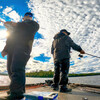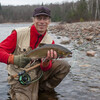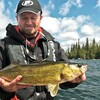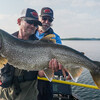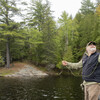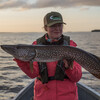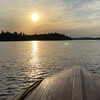
Northern Pike Aplenty
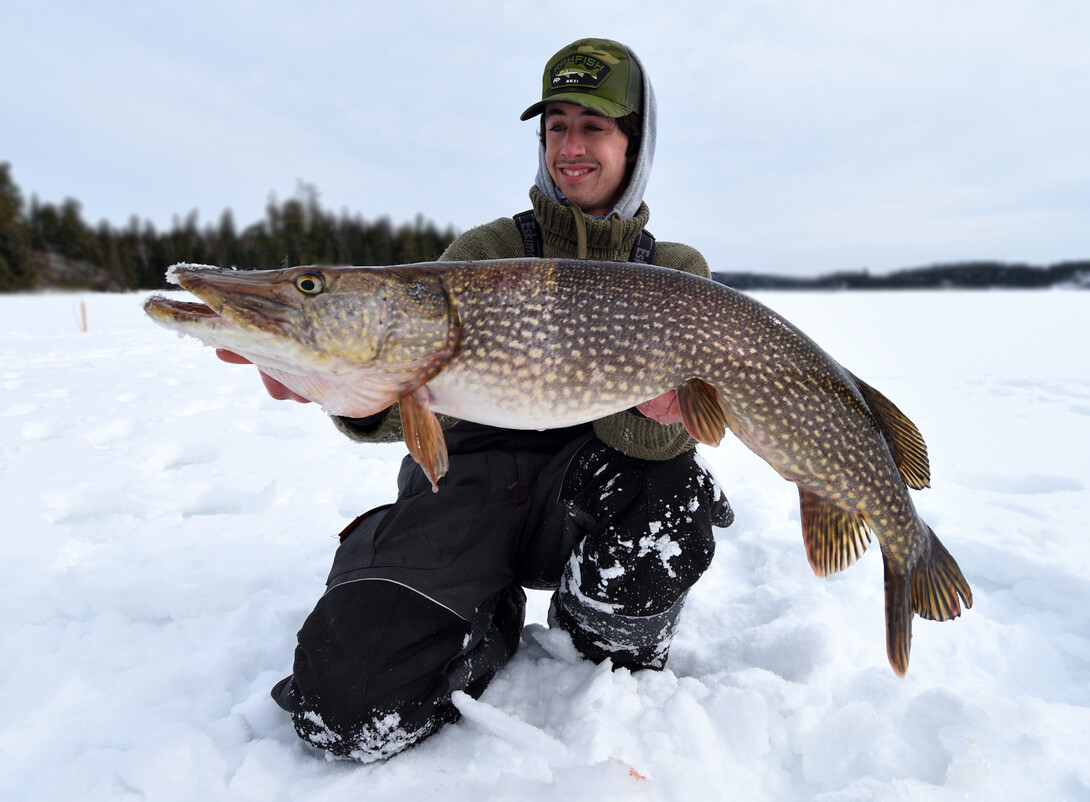
The Northern Ontario ice fishing season is almost a wrap, but before we bundle up all the good memories, there is one final detail we need to take care of, namely the best pike fishing of the season. The big toothy predators are only weeks away from spawning, so it is crucial that we handle them gently and carefully release the large egg-laden females, which is so much easier to do with the revolutionary hooking technique I am going to explain shortly. But first, let’s look at why the fish are so active right now.
“Normally, late winter fisheries catch large female pike as they appear to finish egg development by some 'last-minute' feeding before spring spawning,” says renowned ecocide specialist, Dr. John Cassselman. “In laboratory studies, when they are highly nourished, they actually stop feeding at this time of year and the egg sacs increase in size primarily by increasing the moisture content. But many large fish are either young fast-growers or pike that I consider to be somewhat undernourished.”
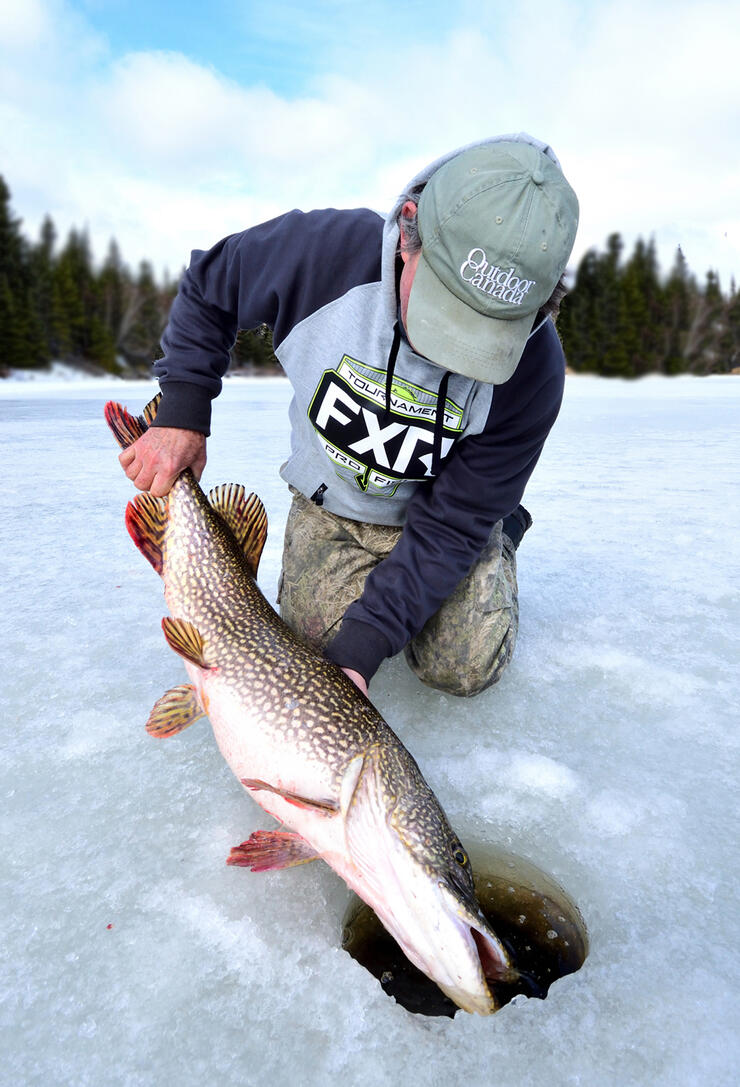
Casselman explains that undernourishment often occurs when the previous summer water temperature was slightly below optimal for growth, resulting in delayed egg development. But he says that wasn’t the case in 2020, which was one of the warmest years on record, so we’re likely catching younger fast-growing fish.
Fascinating, too, are Casselman’s thoughts on why big pike, which are typically intolerant of competitors hanging around their territory, turn a blind eye to each other under the ice.
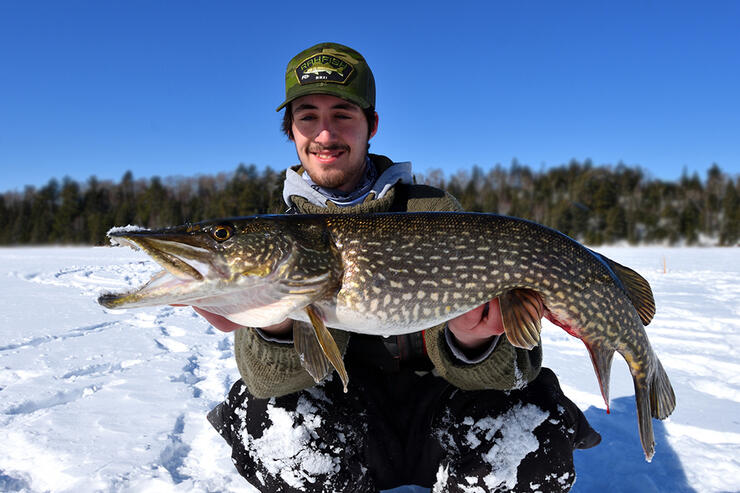
“These fish could very easily be of the same cohort,” says the Queen’s University professor. “I truly believe these large predators, which certainly have longevity, know the others are present. How deep this goes is only speculation. But certainly, if they were fried together, I suspect they might be even more tolerant of each other. Rarely, for example, have I seen large pike with wounds I would consider to be associated with another large pike. I think there’s a whole level of behaviour here that requires some awe and respect that should encourage us to allow them to slip back into the hole after we catch them.”
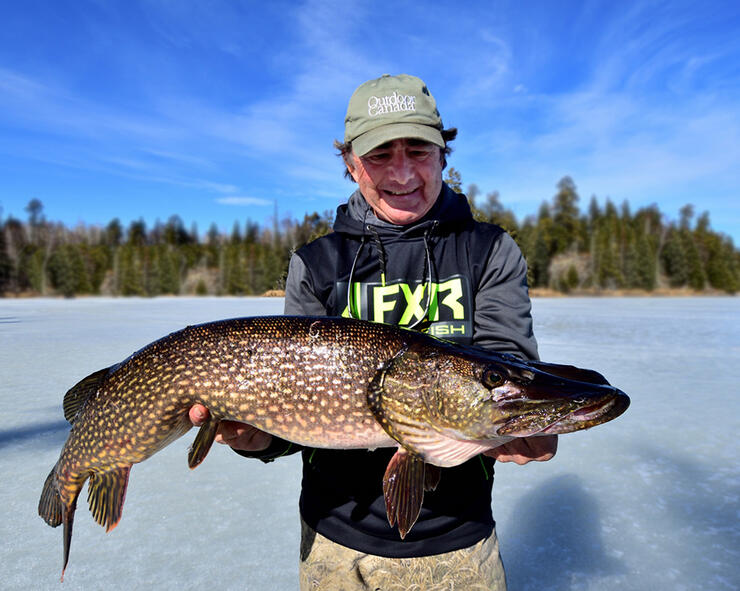
Oh, so true, and it is where the revolutionary new circle hook system comes into play. Traditionally, ice anglers have relied on using quick-strike rigs fashioned by placing two #4 treble hooks about 2 1/2 inches apart on a metal or fluorocarbon leader. The first hook is, then, slipped under the skin of a fresh, foot-long dead sucker, herring or mackerel while the second hook is tucked under the skin near the tail. The dead bait is then suspended a foot or two above the bottom under a tip-up. When a pike engulfs the bait, the tip-up flag flies signalling the strike, and the angler sets the hooks immediately, hence the name “quick strike” rig.
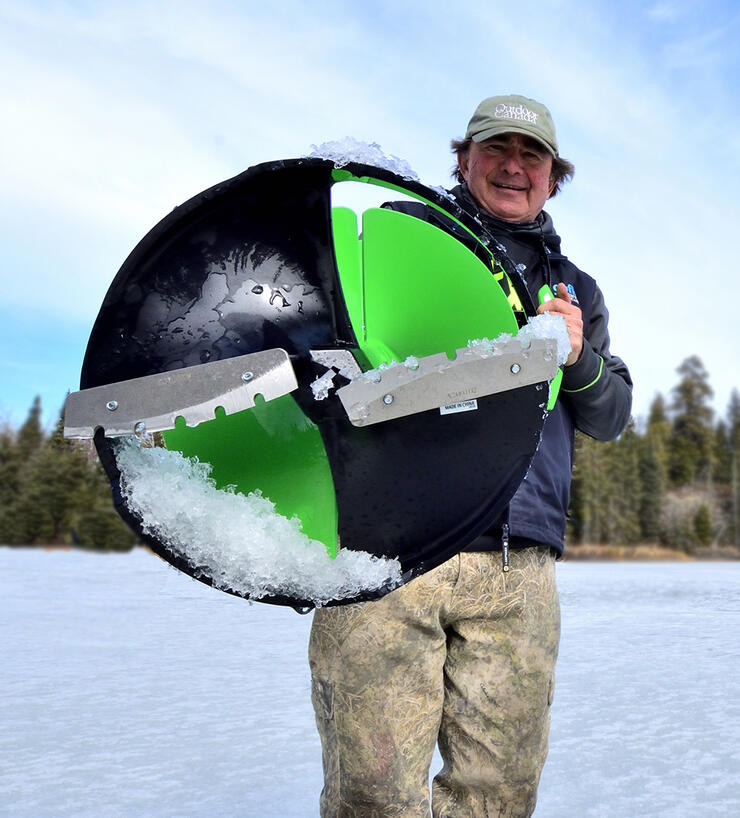
Sometimes, however, anglers are caught napping around the campfire and miss spotting the flag, which can result in a deeply hooked fish. But it is not the case, if you substitute a single #5 circle hook for the two small trebles, as so many pike specialists are doing these days. Circle hooks are shaped like the talons on an eagle and slide inside a big pike’s mouth when you set the hook by pulling back on your line steadily and smoothly. The key is never jerking like you normally would do with a jig or lure. Just reel or pull steadily and the hook will slide into the corner of the pike’s mouth perfectly every time. This also means that you never risk getting one of the traditional treble hooks in your hand or face. Trust me, I’ve seen it happen. And without the second hook flying around, you never risk catching it under the ice and losing the fish. Finally, because you’re using only one large circle hook, you can gently slide your hand under one of the fish’s gill flaps and ease it up the hole. Talk about a win-win.
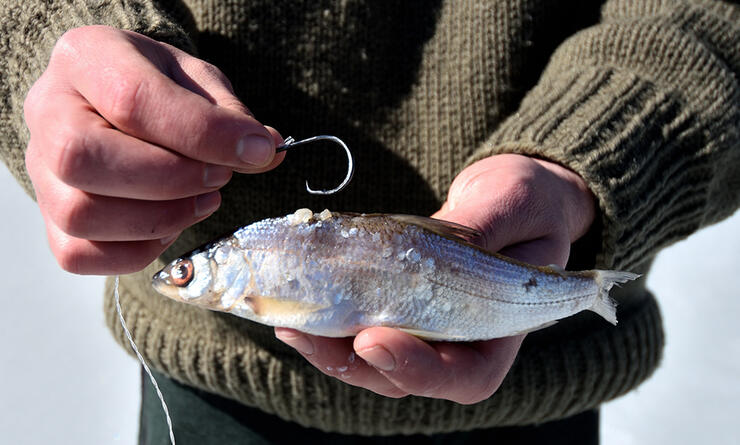
I always run my circle hooks under the skin in front of the dorsal fin of my dead bait so that the hook point is pointing toward the head and not the tail. It is a small detail that results in so many more trophies being safely landed—and released—during the final and best weeks of the ice fishing season.
Recommended Articles

Hook Your Kids on Fishing
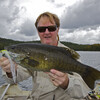
Do-It-Yourself Fly-In Fishing
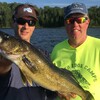
Timber Edge Camps

Ready for Spring
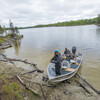
Muskie Fly Girls
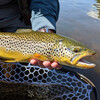
Fly Fishing the Grand River with Mikey Metcalfe
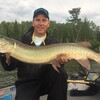
Top Three Ontario Musky Waters
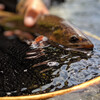
Outfitter Tough, Guide Tough

Top 5 Things to Bring on a DIY Fishing Trip
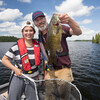
Creating an Angler
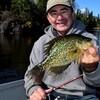
Sharpshooting Crappies
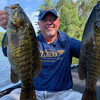
Camp Conewango
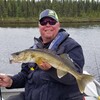
Fish TV On the French River
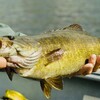
Trophy Fishing at Seine River Lodge

Tag Team Walleye
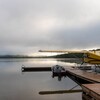
5 Tips for your Fly-in DIY Adventure
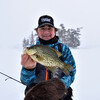
Weighting for Panfish
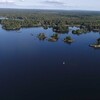
Shallow Water Walleye
